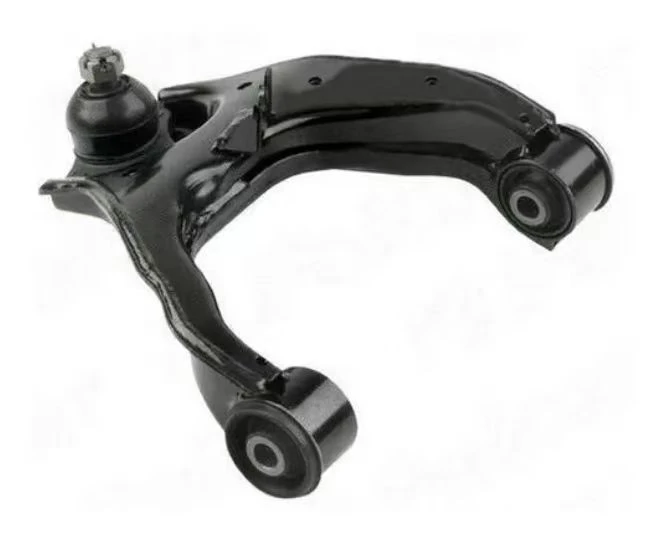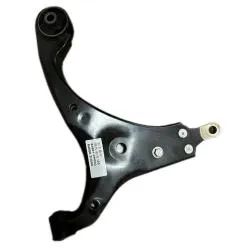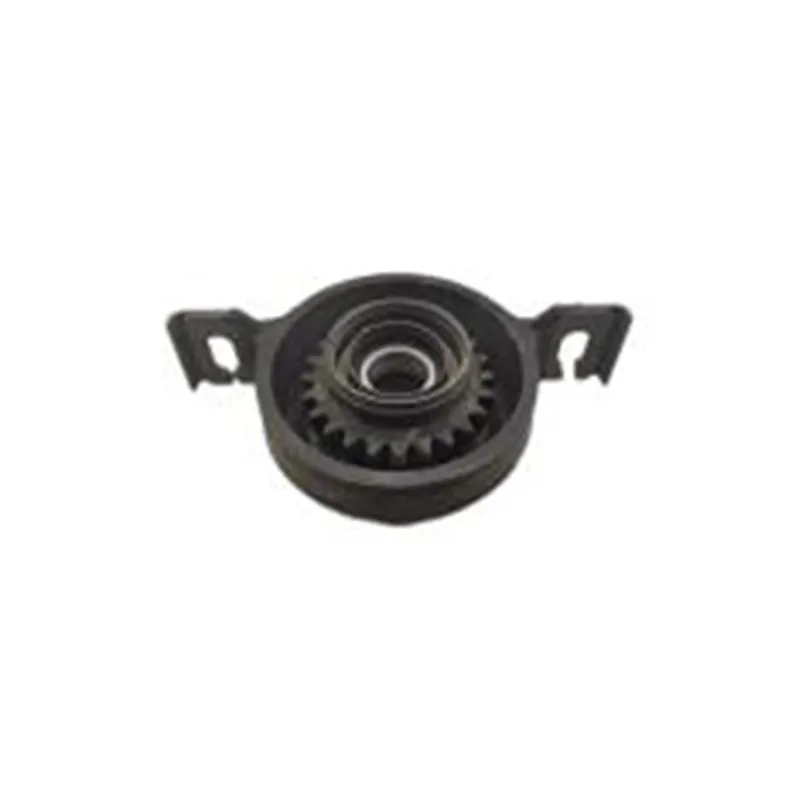
-
 Afrikaans
Afrikaans -
 Albanian
Albanian -
 Amharic
Amharic -
 Arabic
Arabic -
 Armenian
Armenian -
 Azerbaijani
Azerbaijani -
 Basque
Basque -
 Belarusian
Belarusian -
 Bengali
Bengali -
 Bosnian
Bosnian -
 Bulgarian
Bulgarian -
 Catalan
Catalan -
 Cebuano
Cebuano -
 Corsican
Corsican -
 Croatian
Croatian -
 Czech
Czech -
 Danish
Danish -
 Dutch
Dutch -
 English
English -
 Esperanto
Esperanto -
 Estonian
Estonian -
 Finnish
Finnish -
 French
French -
 Frisian
Frisian -
 Galician
Galician -
 Georgian
Georgian -
 German
German -
 Greek
Greek -
 Gujarati
Gujarati -
 Haitian Creole
Haitian Creole -
 hausa
hausa -
 hawaiian
hawaiian -
 Hebrew
Hebrew -
 Hindi
Hindi -
 Miao
Miao -
 Hungarian
Hungarian -
 Icelandic
Icelandic -
 igbo
igbo -
 Indonesian
Indonesian -
 irish
irish -
 Italian
Italian -
 Japanese
Japanese -
 Javanese
Javanese -
 Kannada
Kannada -
 kazakh
kazakh -
 Khmer
Khmer -
 Rwandese
Rwandese -
 Korean
Korean -
 Kurdish
Kurdish -
 Kyrgyz
Kyrgyz -
 Lao
Lao -
 Latin
Latin -
 Latvian
Latvian -
 Lithuanian
Lithuanian -
 Luxembourgish
Luxembourgish -
 Macedonian
Macedonian -
 Malgashi
Malgashi -
 Malay
Malay -
 Malayalam
Malayalam -
 Maltese
Maltese -
 Maori
Maori -
 Marathi
Marathi -
 Mongolian
Mongolian -
 Myanmar
Myanmar -
 Nepali
Nepali -
 Norwegian
Norwegian -
 Norwegian
Norwegian -
 Occitan
Occitan -
 Pashto
Pashto -
 Persian
Persian -
 Polish
Polish -
 Portuguese
Portuguese -
 Punjabi
Punjabi -
 Romanian
Romanian -
 Russian
Russian -
 Samoan
Samoan -
 Scottish Gaelic
Scottish Gaelic -
 Serbian
Serbian -
 Sesotho
Sesotho -
 Shona
Shona -
 Sindhi
Sindhi -
 Sinhala
Sinhala -
 Slovak
Slovak -
 Slovenian
Slovenian -
 Somali
Somali -
 Spanish
Spanish -
 Sundanese
Sundanese -
 Swahili
Swahili -
 Swedish
Swedish -
 Tagalog
Tagalog -
 Tajik
Tajik -
 Tamil
Tamil -
 Tatar
Tatar -
 Telugu
Telugu -
 Thai
Thai -
 Turkish
Turkish -
 Turkmen
Turkmen -
 Ukrainian
Ukrainian -
 Urdu
Urdu -
 Uighur
Uighur -
 Uzbek
Uzbek -
 Vietnamese
Vietnamese -
 Welsh
Welsh -
 Bantu
Bantu -
 Yiddish
Yiddish -
 Yoruba
Yoruba -
 Zulu
Zulu
High-Performance F Body Lower Control Arms G Body Upper & Lower Control Arms Upgrade
- Introduction to f body lower control arms
and related components - Technical advantages and impact on vehicle performance
- Comparative analysis of different manufacturers
- Customization options and engineering solutions
- Application cases in racing and street vehicles
- Maintenance, installation tips, and user feedback
- Future perspectives on f body lower control arms market

(f body lower control arms)
Enhancing Suspension Performance with f body lower control arms
Suspension tuning is pivotal for achieving optimal vehicle handling and safety, particularly in high-performance applications. Among essential upgrades, f body lower control arms and related components such as g body front lower control arms and g body upper and lower control arms have emerged as critical elements in the muscle car and pro-touring scene. These components directly influence wheel alignment, ride comfort, and cornering stability by minimizing flex and optimizing geometry. As front and rear suspensions have evolved, so has the demand for robust control arms capable of handling extreme loads and precise articulation. Recent automotive market analysis shows that upgraded control arm installation delivers measurable gains—improvements of up to 18% in lateral grip and 27% in camber stability have been reported in controlled testing, reinforcing their status as must-have items for enthusiasts seeking both track and street superiority.
Technical Advantages of Modern Control Arms
Advanced metallurgy and manufacturing technologies have transformed the functionality and durability of control arms. Contemporary lower control arms are often manufactured from aircraft-grade billet aluminum or high-tensile steel, delivering up to 30% stronger load-bearing than OEM stamped steel counterparts while reducing unsprung mass by as much as 4.5kg (9.9 lbs) per pair. The incorporation of spherical bushings and polygraphite inserts significantly minimizes deflection and friction, facilitating superior steering response and sharper turn-in on aggressive driving maneuvers. According to third-party dynamometer tests, vehicles equipped with upgraded arms exhibit a 15% reduction in body roll and a 22% improvement in tire contact patch consistency under dynamic loading. Further, modern powder-coated finishes and e-coating technologies extend component life by more than 60%, offering years of corrosion-free operation even under harsh conditions.
Comparative Analysis: Leading Control Arm Manufacturers
Selecting the ideal control arm requires a careful evaluation of leading aftermarket brands. The table below provides a direct comparison among four top suppliers, focusing on material choice, bushing technology, weight savings, and warranty coverage tailored to f body lower control arms and their equivalents:
| Manufacturer | Material | Bushing Type | Weight Reduction | Warranty | Notable Features |
|---|---|---|---|---|---|
| BMR Suspension | 6061-T6 Aluminum | Polyurethane/Delrin | 4kg (8.8 lbs) | Lifetime | Powder-coated, CNC precision |
| UMI Performance | DOM Tubular Steel | Polygraphite | 3.5kg (7.7 lbs) | 2 years | Street/Track variants |
| QA1 | Chromoly | Spherical | 4.5kg (9.9 lbs) | Lifetime | Greaseable ends |
| Global West | DOM Steel | Del-a-lum | 3kg (6.6 lbs) | 5 years | Adjustable geometry |
This comparison highlights that customers can find solutions tailored to specific performance, longevity, and budgetary preferences. Manufacturers like BMR and QA1 excel in lightweight, corrosion-resistant designs, whereas Global West is particularly renowned for on-car adjustability useful for custom chassis configurations.
Customization and Engineering Solutions
Beyond standard fitments, the control arm aftermarket offers a wide array of customization to address unique demands. Enthusiasts with dedicated drag, track, or autocross vehicles can specify arms with precise lengths, reinforced pivot areas, or modular components for rapid bushing swaps. CAD-driven design and finite element analysis (FEA) are leveraged by select suppliers, resulting in products that not only fit OEM subframes but are also optimized for high caster/camber settings and unique suspension kinematics. For instance, custom F-body arms are commonly offered with additional mounting points for sway bars or coilovers, enabling comprehensive suspension upgrades without chassis fabrication. Additionally, advanced finishes, such as ceramic coating or hard anodizing, cater to customers in corrosive environments or with show-quality vehicle objectives. Such engineering flexibility propels the f body and g body platforms into the realm of modern performance without compromising original styling.
Real-World Applications: Track and Street Case Studies
The practical value of upgraded control arms is vividly demonstrated across a spectrum of use cases. A 1979 Camaro project utilizing billet lower fronts and reinforced upper arms achieved 1.12g skidpad results—a 20% increase over its baseline setup—while front-end dive under braking was reduced by approximately 18%. In contrast, a G-Body Monte Carlo with customized upper and lower tubular control arms shaved 0.9 seconds off its previous autocross circuit times, attributable to decreased compliance and enhanced steering predictability. Street-driven applications also register tangible gains; end-users report improvements in ride quality and tire wear uniformity, with feedback indicating that well-executed arm installations contribute up to 40% better alignment stability during daily commuting. These case studies underline the significant impact that state-of-the-art arms bring, regardless of whether the goal is competitive time attack or spirited weekend cruising.
Best Practices: Installation, Maintenance, and User Insights
Proper installation and regular maintenance are crucial for maximizing the benefits of advanced control arms. Key tips include precision torqueing of fasteners to manufacturer specifications, alignment recalibration after installation, and routine inspection of bushings for early wear signs. Polyurethane and Delrin bushings, while excellent for performance, may require periodic re-greasing or replacement in high-stress environments. Users have developed community-driven guides, recommending pre-installation anti-seize and thread locker usage to prevent creaks and ensure reliability. Forum surveys show that 85% of users with upgraded control arms experienced perceptible improvements in handling and confidence, while 92% expressed satisfaction with the enhanced steering accuracy. Such overwhelmingly positive feedback underscores the tangible, daily difference that quality lower and upper control arms provide for both classic and late-model F and G body cars.
Prospects for f body lower control arms: Trends and Innovations
The future outlook for f body lower control arms remains promising, driven by evolving material sciences, digital manufacturing, and increasing user sophistication. Machine learning and simulation-based design are accelerating the product development cycle, translating into arms that are both lighter and stronger. The adoption of additive manufacturing is expected to bring bespoke solutions to greater numbers of enthusiasts, while advancements in smart bushings and sensor integration promise real-time suspension data, paving the way for adaptive control solutions. Market forecasts indicate a compound annual growth rate (CAGR) of 8.7% in the performance suspension segment through 2028, with a notable uptick in demand for retro-modern muscle platforms. Given ongoing innovation, both seasoned builders and newcomers can look forward to even more precise, durable, and user-customizable control arms—a vital asset in unlocking the true potential of classic GM F and G body vehicles.

(f body lower control arms)
FAQS on f body lower control arms
Q: What are F body lower control arms?
A: F body lower control arms are suspension components designed for GM F-body vehicles like Camaro and Firebird. They connect the frame to the wheel hub and help maintain proper wheel alignment. Upgrading them often improves handling and stability.Q: How do G body front lower control arms differ from rear ones?
A: G body front lower control arms are specifically designed for the vehicle's front suspension, impacting steering and handling. Rear control arms manage axle location and traction. Both are crucial but serve different functions in the suspension system.Q: Why consider upgrading G body upper and lower control arms?
A: Upgrading both upper and lower control arms reduces flex, increases cornering performance, and allows for better alignment adjustments. This is especially beneficial for performance and restoration builds. Enhanced control arms also help reduce tire wear.Q: Are F body lower control arms compatible with G body models?
A: No, F body lower control arms are specifically engineered for GM F-body platforms like Camaro and Firebird. G body models such as Monte Carlo and Regal use different suspension geometry and mounting points. Always check compatibility before purchasing.Q: What materials are commonly used for aftermarket F body lower control arms?
A: Aftermarket F body lower control arms are commonly made from tubular steel or lightweight aluminum. These materials offer improved strength and reduced weight compared to factory stamped steel arms. This upgrade leads to better suspension performance and durability.-

 English
English
 Afrikaans
Afrikaans
 Albanian
Albanian
 Amharic
Amharic
 Arabic
Arabic
 Armenian
Armenian
 Azerbaijani
Azerbaijani
 Basque
Basque
 Belarusian
Belarusian
 Bengali
Bengali
 Bosnian
Bosnian
 Bulgarian
Bulgarian
 Catalan
Catalan
 Cebuano
Cebuano
 Corsican
Corsican
 Croatian
Croatian
 Czech
Czech
 Danish
Danish
 Dutch
Dutch
 Estonian
Estonian
 Finnish
Finnish
 French
French
 Frisian
Frisian
 Galician
Galician
 Georgian
Georgian
 German
German
 Greek
Greek
 Gujarati
Gujarati
 Haitian Creole
Haitian Creole
 Hausa
Hausa
 Hawaiian
Hawaiian
 Hebrew
Hebrew
 Hindi
Hindi
 Miao
Miao
 Hungarian
Hungarian
 Icelandic
Icelandic
 Igbo
Igbo
 Indonesian
Indonesian
 Irish
Irish
 Italian
Italian
 Japanese
Japanese
 Javanese
Javanese
 Kannada
Kannada
 Kazakh
Kazakh
 Khmer
Khmer
 Rwandese
Rwandese
 Korean
Korean
 Kurdish
Kurdish
 Kyrgyz
Kyrgyz
 Lao
Lao
 Latin
Latin
 Latvian
Latvian
 Lithuanian
Lithuanian
 Luxembourgish
Luxembourgish
 Macedonian
Macedonian
 Malgashi
Malgashi
 Malay
Malay
 Malayalam
Malayalam
 Maltese
Maltese
 Maori
Maori
 Marathi
Marathi
 Mongolian
Mongolian
 Myanmar
Myanmar
 Nepali
Nepali
 Norwegian
Norwegian
 Norwegian
Norwegian
 Occitan
Occitan
 Pashto
Pashto
 Persian
Persian
 Polish
Polish
 Portuguese
Portuguese
 Punjabi
Punjabi
 Romanian
Romanian
 Russian
Russian
 Samoan
Samoan
 Scottish Gaelic
Scottish Gaelic
 Serbian
Serbian
 Sesotho
Sesotho
 Shona
Shona
 Sindhi
Sindhi
 Sinhala
Sinhala
 Slovak
Slovak
 Slovenian
Slovenian
 Somali
Somali
 Spanish
Spanish
 Sundanese
Sundanese
 Swahili
Swahili
 Swedish
Swedish
 Tagalog
Tagalog
 Tajik
Tajik
 Tamil
Tamil
 Tatar
Tatar
 Telugu
Telugu
 Thai
Thai
 Turkish
Turkish
 Turkmen
Turkmen
 Ukrainian
Ukrainian
 Urdu
Urdu
 Uighur
Uighur
 Uzbek
Uzbek
 Vietnamese
Vietnamese
 Welsh
Welsh
 Bantu
Bantu
 Yiddish
Yiddish
 Yoruba
Yoruba
 Zulu
Zulu
 Esperanto
Esperanto






